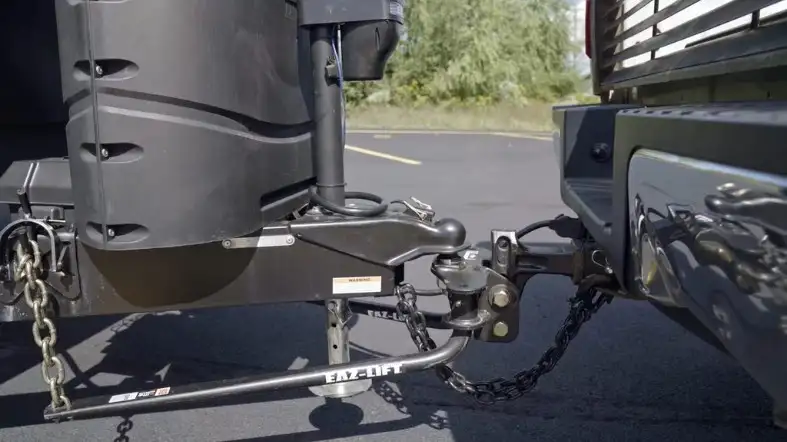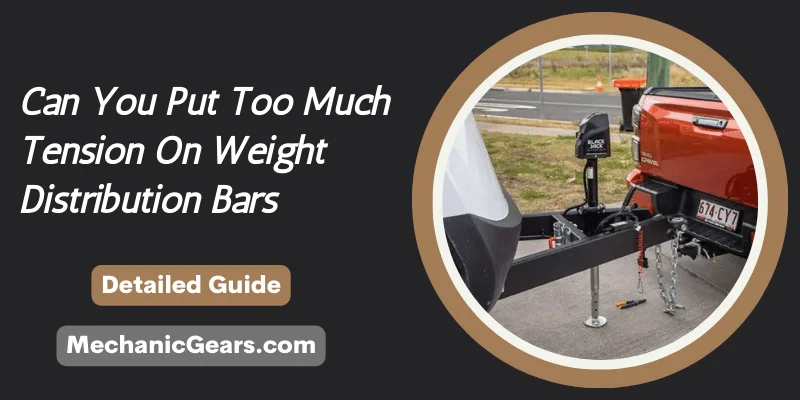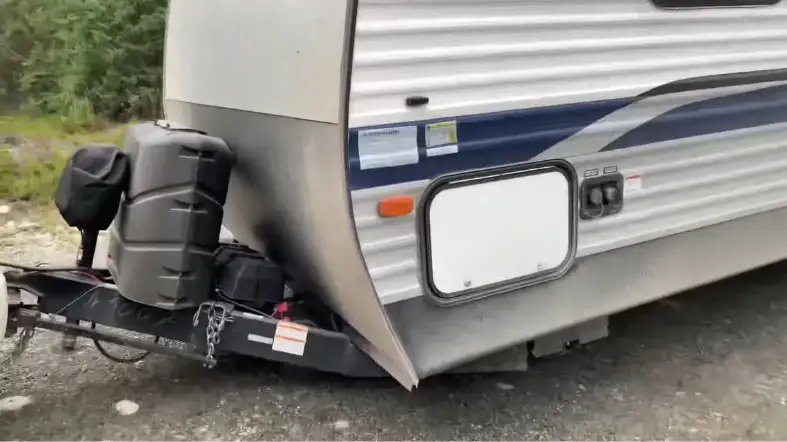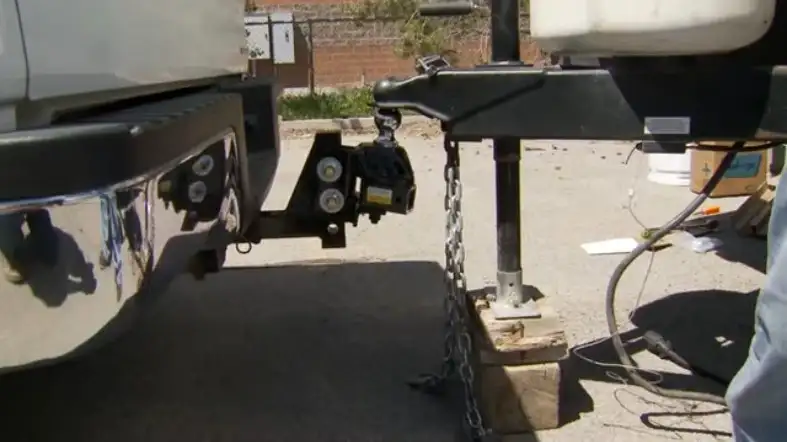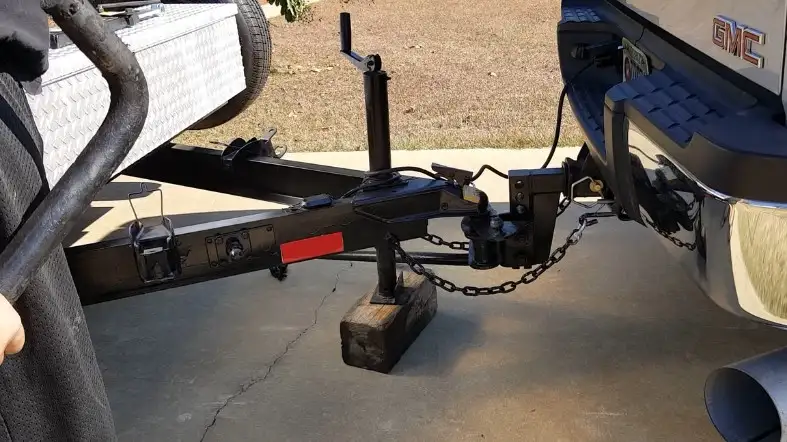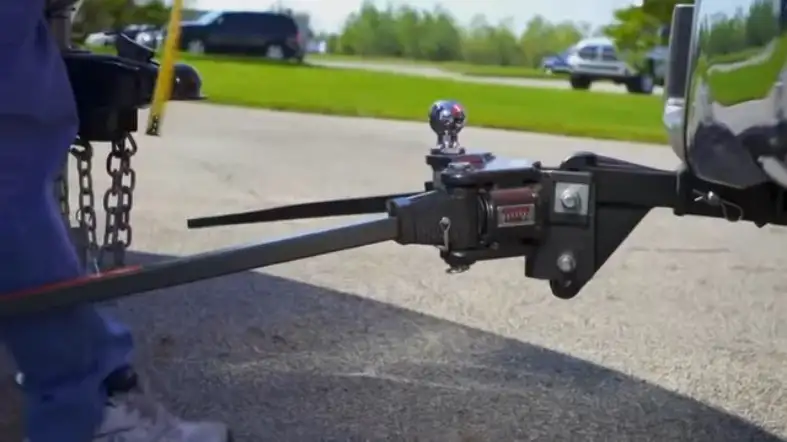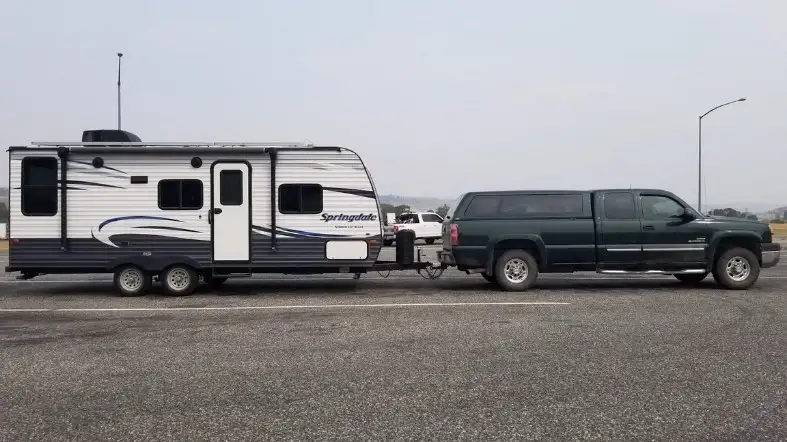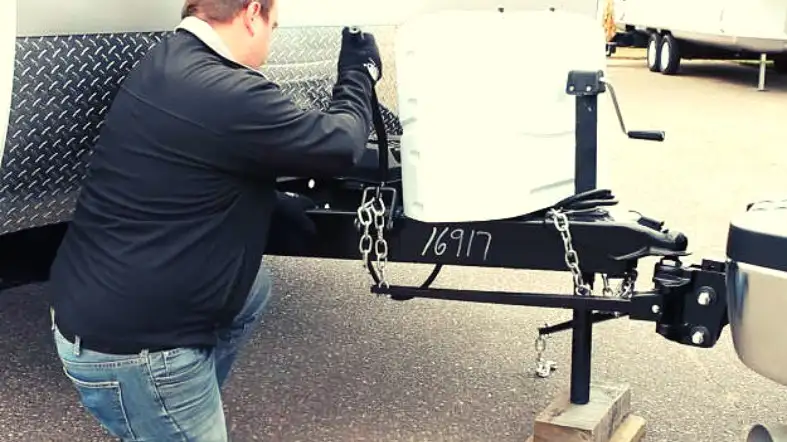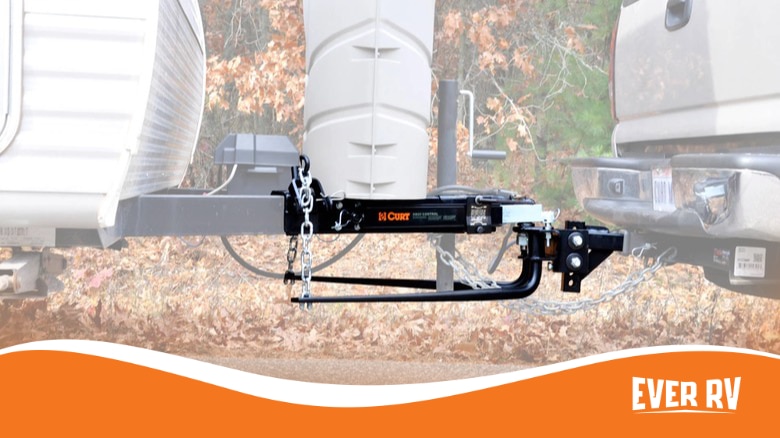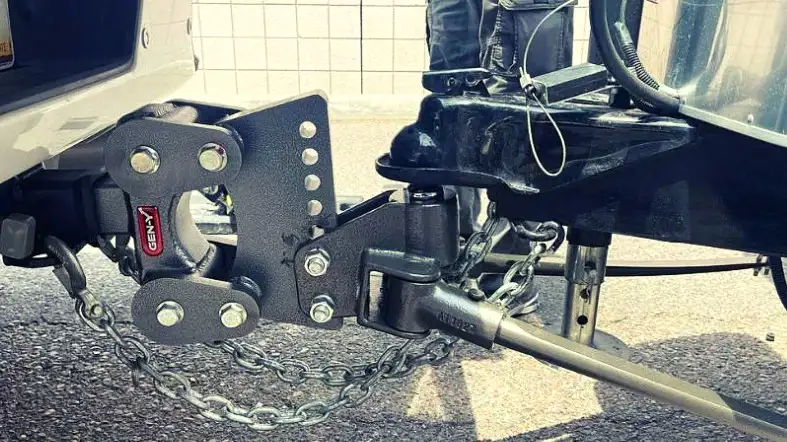Too Much Tension On Weight Distribution Bars
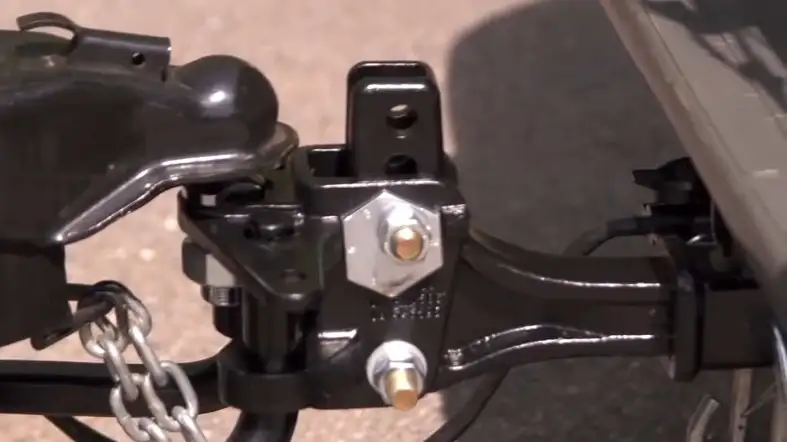
The increasing popularity of recreational vehicles (RVs) and towing has brought attention to a critical, yet often overlooked, aspect of safe trailering: proper weight distribution and the potential dangers of excessive tension on weight distribution bars. Over-tensioning these bars, designed to evenly distribute weight between the tow vehicle and the trailer, can lead to serious mechanical failures, compromised handling, and increased risk of accidents.
This article delves into the growing concerns surrounding this issue, highlighting the technical aspects, potential consequences, and recommendations for safe towing practices.
Understanding Weight Distribution Systems
Weight distribution systems are designed to level the tow vehicle and trailer, restoring lost weight to the front axle of the tow vehicle. This leveling improves steering, braking, and overall stability. These systems utilize spring bars or torsion bars to transfer weight, creating tension that is then distributed across the axles.
However, the system is not foolproof, and improper setup can easily result in over-tensioning.
The Dangers of Over-Tensioning
Experts warn that applying too much tension on weight distribution bars can have detrimental effects on both the towing vehicle and the trailer. Excessive tension can overload the hitch receiver, the frame of the tow vehicle, and the bars themselves.
This overloading can lead to metal fatigue, cracking, and ultimately, catastrophic failure of critical components.
Beyond mechanical failures, over-tensioning can also negatively impact vehicle handling. Reduced suspension travel, a harsher ride, and decreased stability in emergency maneuvers are all potential consequences.
Increased Risk of Accidents
The potential for component failure, combined with compromised handling, significantly increases the risk of accidents. A broken hitch or weight distribution bar can lead to trailer sway, loss of control, and potentially serious collisions.
The National Highway Traffic Safety Administration (NHTSA) has not released specific data solely on accidents caused by over-tensioned weight distribution bars.
However, they have issued general guidelines on safe towing practices, emphasizing the importance of proper hitch setup and weight distribution.
Contributing Factors
Several factors contribute to the problem of over-tensioning. Lack of knowledge and understanding of weight distribution systems is a primary concern.
Many RV owners and towing enthusiasts may not fully grasp the correct procedures for setting up their systems. Another factor is the tendency to compensate for inadequate towing capacity by overcompensating with weight distribution.
Trying to tow a trailer that exceeds the tow vehicle's limits and attempting to rectify the situation by adding excessive tension to the weight distribution bars is a dangerous practice.
Expert Opinions and Recommendations
Industry experts emphasize the importance of following the manufacturer's instructions for both the weight distribution system and the tow vehicle. “Always consult the owner’s manuals and adhere to the specified weight limits,” says John Smith, a certified RV technician at a leading RV service center.
Regular inspection of the weight distribution system is also crucial. Look for signs of wear, damage, or fatigue, and replace any compromised components immediately.
Furthermore, it's advised to have the weight distribution system professionally installed and adjusted by a qualified technician, especially for those new to towing.
Human Interest: A Cautionary Tale
Sarah Miller, a seasoned RVer, shared her experience with over-tensioning. “We were on a cross-country trip when we heard a loud snap. The weight distribution bar had broken, causing the trailer to sway violently. It was terrifying,” Miller recounted.
Fortunately, she managed to regain control of the vehicle and pull over safely, but the incident served as a stark reminder of the potential dangers of improper weight distribution. “We learned our lesson the hard way. Now, we always double-check everything and get our system inspected regularly.”
Moving Forward
Addressing the issue of over-tensioned weight distribution bars requires a multi-pronged approach. Increased education and awareness are essential.
RV dealerships, towing equipment manufacturers, and online resources should provide clear and concise information on proper weight distribution system setup and maintenance.
Furthermore, encouraging regular inspections and professional installations can help prevent accidents and ensure safer towing practices for everyone.
Conclusion
While weight distribution systems are valuable tools for improving towing safety and stability, they must be used correctly. Over-tensioning weight distribution bars can lead to mechanical failures, compromised handling, and an increased risk of accidents. By understanding the potential dangers and following expert recommendations, RV owners and towing enthusiasts can significantly improve their safety on the road and prevent costly, and potentially life-threatening, incidents. Remember to always prioritize safety and seek professional guidance when needed to ensure a safe and enjoyable towing experience.
